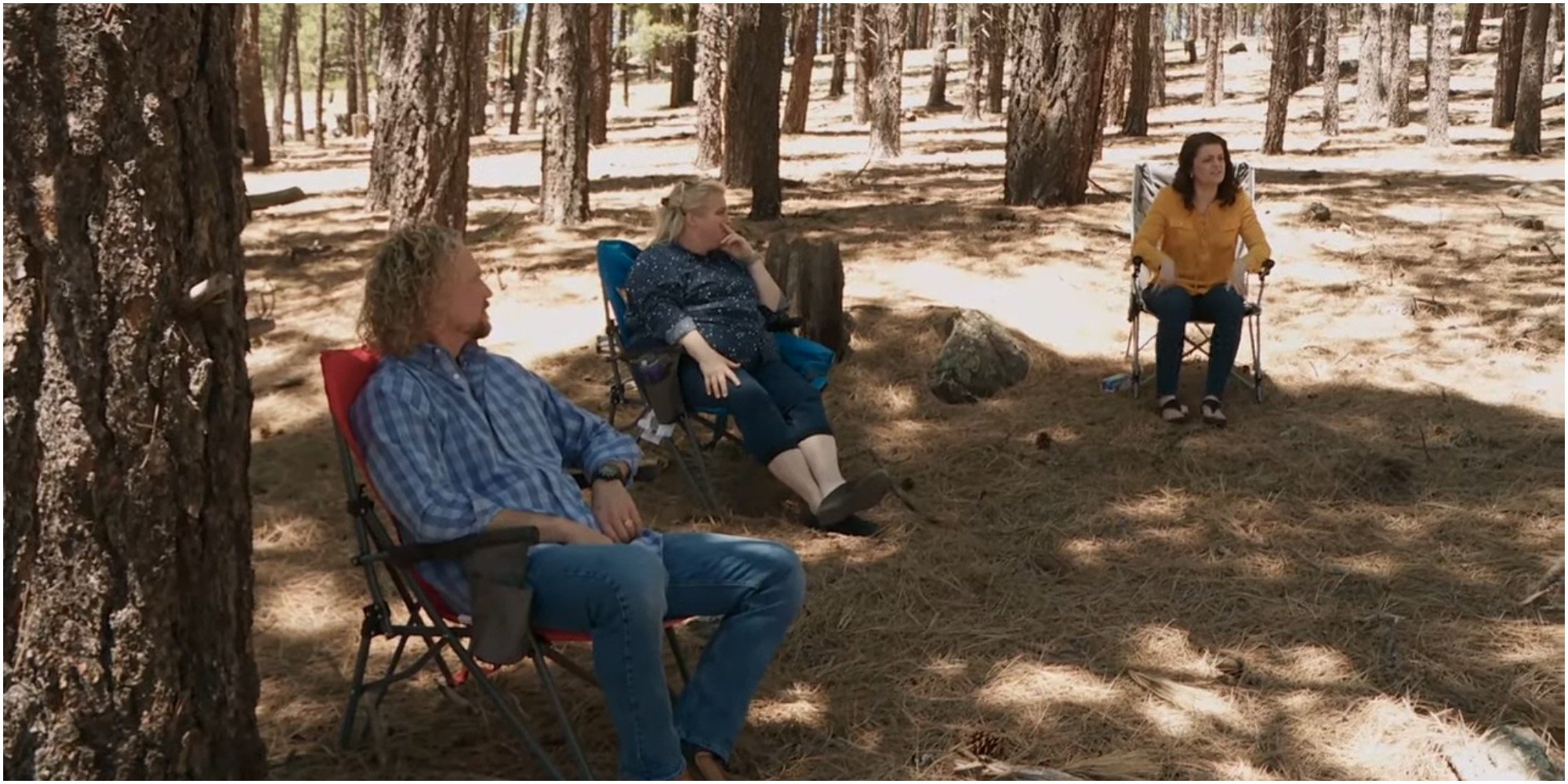
‘Devotion’: You Should Know the True Story of Navy Pilot Jesse Brown Before Watching Jonathan Majors’ War Drama
There are so many movies that tell the stories of true historical events and people that anyone can enjoy, from the serious history buff to the casual consumer of historical facts. While these movies can be exciting and engaging, the risk is that moviegoers may not know the difference between historical facts and literary licenses. This is why it is encouraged to take the extra step and spend some time learning the true story behind a movie before watching. The film, Devotion, is releasing late November 2022. However, there is still time to learn the true story of Navy Pilot Jesse Brown before hitting the theaters.
‘Devotion’ is based on a best-selling book
According to Rotten Tomatoes, Devotion is “an aerial war epic based on the bestselling book of the same name, tells the harrowing true story of two elite US Navy fighter pilots during the Korean War. Their heroic sacrifices would ultimately make them the Navy’s most celebrated wingmen.”
Devotion is a PG-13 movie in the war, history, drama, and action genres. The two main characters are played by Jonathan Majors as Jesse Brown and Glen Powell as Lieutenant Tom Hudner. It will be released in theaters on Nov. 23, 2022.
Brown went from sharecropper to Navy pilot

Jesse Brown was born in Hattiesburg, Mississippi, in 1926 to a family of sharecroppers, according to Naval History and Heritage Command. He was a school athlete and excelled in his studies. Brown entered Ohio University in 1944 and had to work the night shift to pay for his education. He maintained a high GPA despite the hardships.
Brown also joined the Naval Reserve to help pay for college. Despite being discouraged from doing so, Brown applied to join the new naval aviation program. He passed a slew of tests, including written, physical, and oral exams. He performed well on all his exams and was accepted to the program.
In 1947, Brown took orders to Selective Flight Training in Glenview, Illinois. He followed that assignment with more training at Naval Air Station Ottumwa and Naval Air Station Pensacola. In 1948, Brown became the first African American to complete Naval flight training. Brown’s picture appeared on the cover of Life Magazine.
Brown became a section leader and flew an F4U-4 Corsair. He was initially assigned to fighter squadron VF-32 aboard the USS Wright. His squadron was then transferred to the USS Leyte, which was then sent to Korea as part of Fast Carrier Task Force 77 in 1950.
On Dec. 4, 1950, while flying to Chosin Reservoir with his squadron, Brown’s plane started losing oil pressure after being shot. He crash-landed on the side of a snowy mountain. His friend and wingman, Tom Hudner, also crash-landed next to Brown’s plane to check on him despite knowing he risked court-martial. Brown was stuck in his cockpit and seriously injured. Sadly, nothing could be done to get Brown out of the plane in time, and he died inside the plane. Hudner was then forced to leave Brown’s body behind as the possibility of capture grew. According to the website Military, before Hudner stepped on his rescue helicopter, he looked back at Brown’s body and said, “We’ll be back for you.”
Brown was honored posthumously
Jesse Brown was given a warrior’s funeral by his shipmates despite not being able to recover his body. On Dec. 7, 1950, seven aircraft loaded with napalm flew to Brown’s crash sight and released the napalm on top of his plane while reciting the Lord’s Prayer.
Brown was posthumously awarded the Distinguished Flying Cross, the Air Medal, and the Purple heart. Tom Hudner received the Medal of Honor for “exceptionally valiant action and selfless devotion to a shipmate.”
The USS Jesse L. Brown was launched in 1973, and Hudner was in attendance along with Brown’s widow. The USS Thomas Hudner was later christened in 2017.


